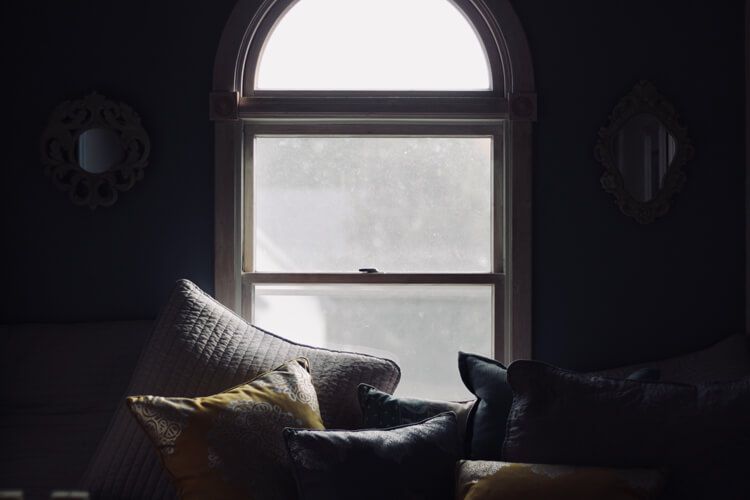What About Mold?
Mold is a kind of fungus that grows virtually everywhere. It feeds on plants and fibers and thrives in damp, musty locations such as bathrooms, basements and attics.
Molds multiply by traveling through the air as tiny spores which like to make their home in wet areas, where they will breed. Molds grow on organic materials such as paper, leather, dirt and soap scum.
Mold grows best and multiplies fastest in warm temperatures, between 77 and 86 degrees Fahrenheit, although they can also grow in temperatures between 32 and 95 degrees.
If molds are spotted in the house, it is advised to nip it immediately in the bud before it spreads to other areas. Rampant mold growth can also be a good indication of a moisture problem, which should be dealt with as soon as possible.
Can Mold Be Hazardous?
Aside from its unsightly appearance, molds can present as a hazard to one’s health. It is an allergen and an irritant.
This means that someone who suffers from household allergies or asthma will no doubt have trouble breathing or having allergic attacks in homes that have mold infestations.
Molds can irritate the eyes, ears, noses and throats of individuals that may have come in contact with it.
How Can I Stop Mold from Multiplying?
To stop mold from multiplying, you will first need to find and eliminate the source. Learn how and where moisture is seeping into your house and deal with it immediately.
If the area where mold is found is not a very large area, the homeowner can probably handle the moisture problem. But if it is a large area, for example, ten square feet or more, it is advised that the homeowner should contact his local environmental protection group for assistance and recommendations.
It is a possibility that a professional that deals with mold removal on a regular basis will most likely need to be called in to help out the homeowner in removing the molds.
How Can I Protect Myself During Remediation?
If the homeowner decides to tackle the mold himself, it is in his best interest to invest in a face mask of sorts. The last thing he wants to do is breathe in mold.
A surgical mask, or the type used by carpenters to keep from inhaling saw dust, works well for this task. A long sleeved shirt and long pants should complete the protective outfit.
Doing so will prevent any allergic reactions or irritations that molds cause when it is inhaled or comes in contact with the skin.



3 comments
At the end of your article where you have:
Further Recommended Reading :
– 3 Ways to Decrease Mold in the Home
– How to Check Your Home for Mold Problems
The links for these two articles are broken links which are linking to https instead of http (too many ss’s)
Thank you for bringing this to our attention. I’ve removed the broken links.
How do protect yourself from mold when employer won’t fux leaky cealing? Can I tape plastic around the moldy area to keep it contained?